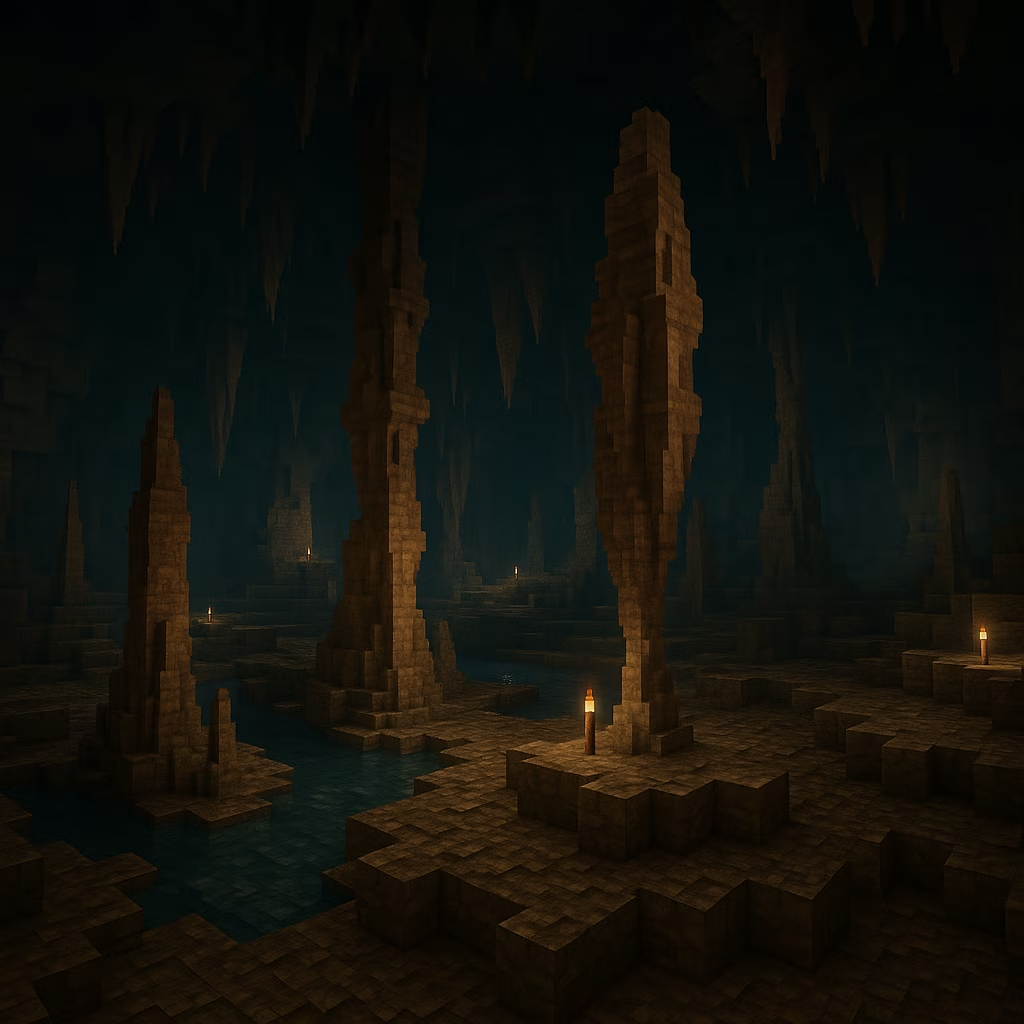Minecraft's Real-World Expansion: The Aotearoa New Zealand DLC and What It Means for Gaming's Future
Minecraft's innovative New Zealand DLC combines cultural richness and educational value, revolutionizing gameplay with stunning real-world recreations.
The gaming phenomenon that is Minecraft continues to evolve in ways that both surprise and delight its massive player base. In an unexpected move that has the community buzzing, Mojang Studios recently dropped the Aotearoa New Zealand DLC, completely free of charge to all players. This release, tied to the upcoming Minecraft Movie (hitting theaters on April 4, 2025), offers players a chance to explore six stunningly recreated locations based on New Zealand's most iconic destinations. The level of detail is simply mind-blowing, and I found myself getting lost in the virtual landscapes for hours on end.
A Bold New Direction

The Aotearoa New Zealand DLC represents what could be a significant pivot in Minecraft's content strategy. For over a decade, the game has thrived on its fantasy elements and procedurally generated worlds. Now, with this foray into real-world location recreation, Mojang seems to be testing the waters for something potentially game-changing.
When I first loaded into the DLC, I was struck by how faithfully they'd captured New Zealand's essence. From the rolling hills that would make any Lord of the Rings fan do a double-take to the crystal-clear waters that seem to pop right off the screen - it's a whole vibe, as they say. The attention to cultural details is particularly impressive, with Māori influences thoughtfully integrated throughout the experience.
The Potential Benefits Are Enormous
The introduction of real-world inspired content opens up a treasure trove of possibilities for Minecraft's future:
-
Cultural Richness: Each new location-based DLC could introduce unique items, mobs, and building styles reflective of local cultures
-
Educational Value: Players can experience global landmarks and environments they might never visit in person
-
Community Engagement: The "you ain't seen nothing yet" factor - these official recreations could inspire players to enhance and expand upon the foundations with their own builds
As someone who's spent countless hours in creative mode, I can already envision the amazing projects that might emerge from this new direction. Imagine building your dream home in a Minecraft version of the Swiss Alps or recreating ancient wonders within their proper geographical context!
Not Without Concerns
Let's keep it real - not everyone's drinking the Kool-Aid on this one. The very essence of Minecraft has always been about escaping to a world unlike our own, where the only limits are your imagination and the occasional creeper explosion that sends you back to square one. For many players, the game's appeal lies in its fantasy elements and the ability to create worlds that defy reality.
There's also the question of whether location-based DLCs are truly necessary. As any veteran player knows, the Minecraft community has already recreated virtually every famous landmark and location imaginable. From the pyramids of Egypt to the streets of New York City, talented builders have been doing this for years without official support.
The success of this approach will ultimately depend on how Mojang implements it. If these real-world expansions come at the expense of the fantasy content that forms Minecraft's core identity, they could find themselves between a rock and a hard place with their community.
The Road Ahead
The Aotearoa New Zealand DLC serves as both a clever marketing tool for the upcoming movie and a potential test balloon for Minecraft's content strategy in 2025 and beyond. With the game celebrating its 16th anniversary this year, finding fresh ways to keep players engaged is crucial for its continued success.
What makes this particularly interesting is how it positions Minecraft within the broader gaming landscape. While many games strive for photorealism, Minecraft continues to embrace its blocky aesthetic while pushing boundaries in other ways. It's a classic case of zigging while others zag, and it's worked beautifully for them thus far.
For players like myself who've been around since the early days, watching the game evolve has been quite the journey. From humble beginnings to becoming a cultural juggernaut that's sold over 300 million copies, Minecraft has consistently found ways to reinvent itself while staying true to its core.
A World of Possibilities
The introduction of the Aotearoa New Zealand DLC raises fascinating questions about where the line between virtual and real experiences might blur in the future of gaming. Could we see a day when Minecraft becomes a platform for virtual tourism? Might future updates include seasonal changes that mirror real-world locations in real-time?
The potential applications extend far beyond mere entertainment. Educational institutions could leverage location-based content to teach geography, history, and cultural studies in an interactive environment that resonates with younger generations. Talk about killing two birds with one stone!
As we look toward the horizon of gaming's future, Minecraft's experiment with real-world content may prove to be more significant than it initially appears. Whether this becomes a cornerstone of the game's future or simply an interesting detour remains to be seen, but one thing's for sure - the world of Minecraft continues to expand in ways that keep us coming back for more.
Is the future of Minecraft tied to our real world, or will it continue to thrive as an escape from it? Perhaps the beauty lies not in choosing one path over the other, but in finding the sweet spot where both can coexist. After all, in a game defined by limitless possibilities, why should we have to choose at all?